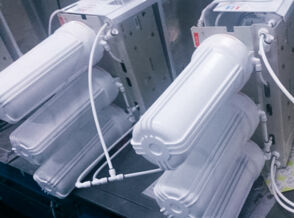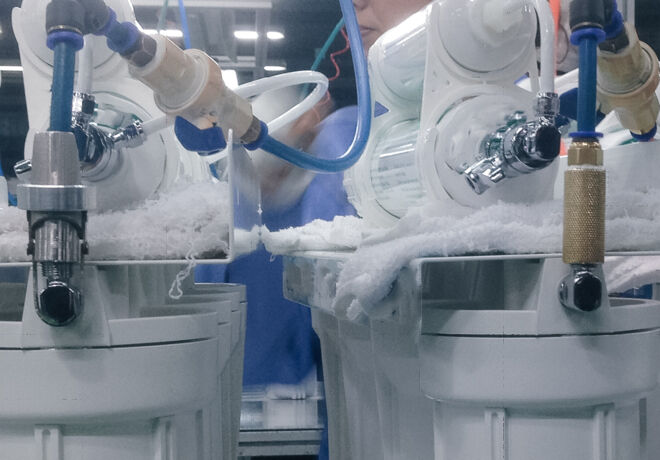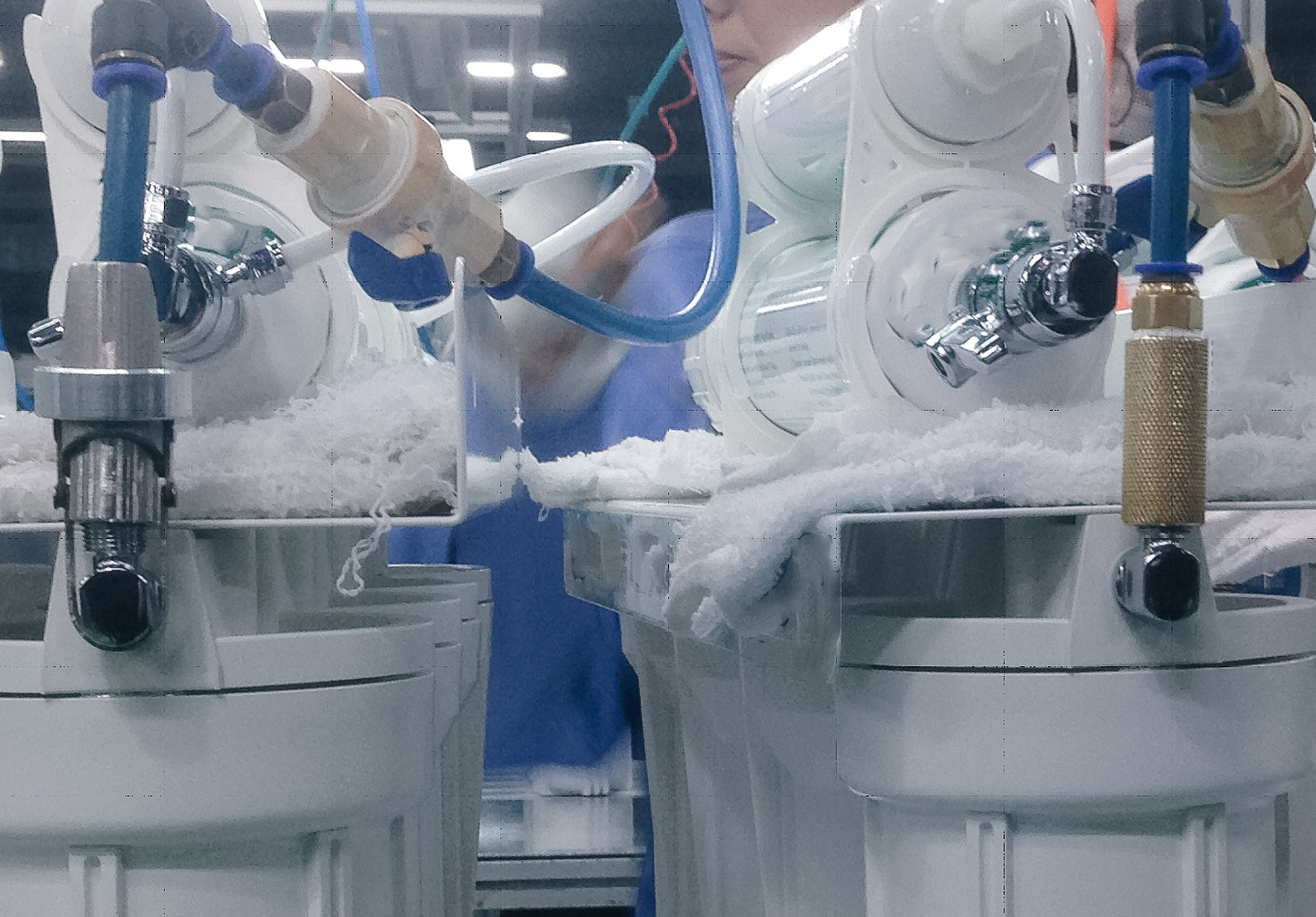Ensuring Reliability and Safety of Domestic Water Purifiers
Discover how advanced leak detection helps manufacturers catch microleaks quickly and accurately.

Rapid urbanization and industrialization have increased pollution levels, making access to safe drinking water essential. As global drinking water quality continues to decline, the demand for domestic water purification systems has surged—driven by growing consumer awareness and stricter health standards.
With health-based regulations, organizations, and governments recommending water safety and quality, water purifier manufacturers face rising expectations for product reliability—making accurate leak detection a crucial part of production and quality assurance. Even the smallest leaks can compromise water purifier performance, cause damages, and result in warranty claims.
This article explains how modern, high-sensitivity leak detection helps manufacturers identify microleaks early, ensuring long-term performance and customer satisfaction.
Typical Leak Detection on Domestic Water Purifiers
A typical domestic water purifier contains 3–5 cylindrical filters, quick fittings, and plastic tubing. During quality control, these components are usually pressurized with water and placed on absorbent paper to check for leaks. This basic test takes about 15 minutes and is often followed by air pressure testing at around 4–5 bar (gauge).


For assembled units, inspectors traditionally use two methods:
- Water bath testing – immersing the unit under pressure and checking for escaping bubbles.
- Soapy water testing – spraying joints and connections with a foamed soap solution, waiting 2–5 minutes for it to de-foam, and then visually inspecting for bubbles.
While simple, these methods are time-consuming and subjective. Visual inspection depends heavily on operator skill, and small leaks (microleaks) often go undetected—only to cause performance issues later in the field.
Traditional pressure-decay or bubble tests often miss small leaks that later cause product failure.


The Need for More Accurate Leak Testing
Given these challenges, the industry is moving toward more standardized and objective leak detection methods that deliver consistent, quantifiable results. A modern, highly effective alternative uses forming gas (5% hydrogen in nitrogen) as a tracer gas. Using tracer gas for leak testing typically involves three key steps:
- Evacuation – The water purifier is evacuated to remove residual air and moisture, ensuring accurate tracer gas filling.
- Filling – The system is filled with the tracer gas mixture, achieving maximum internal concentration.
- Detection – A sniffer probe connected to a leak detector scans joints, fittings, and seals to precisely locate and quantify any leaks.
This approach allows operators to pinpoint the exact leak location quickly and accurately, without relying on subjective visual cues. Download our Application Note and discover all advantages of leak detection with tracer gas.
Key Advantages of Tracer Gas Leak Detection
Tracer gas testing offers a range of benefits over traditional methods:
- Fast pinpointing of the leak position
- No operator interpretation of the leak size, reduces operator dependence
- Precise measurement obtained
- Repair only the leaks that are leaking above the reject level
- No time wasted in cleaning up or drying after testing
- No pile-up of waiting products saves space and capital
Tracer gas leak detectors from INFICON are designed to deliver fast, accurate, and repeatable results—even for complex assemblies like multi-stage water purifiers. Manufacturers can confidently identify and repair only the leaks that exceed the reject level, improving product reliability while reducing waste and rework time.
Want to Stay Updated on Leak Detection?
Our newsletter offers regular updates on our latest products, applications, upcoming events, and other interesting news.